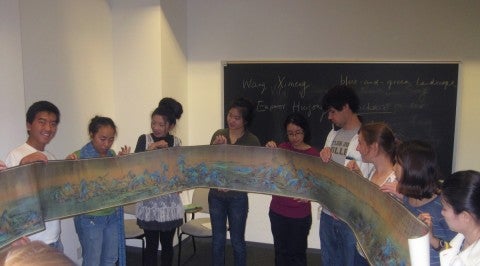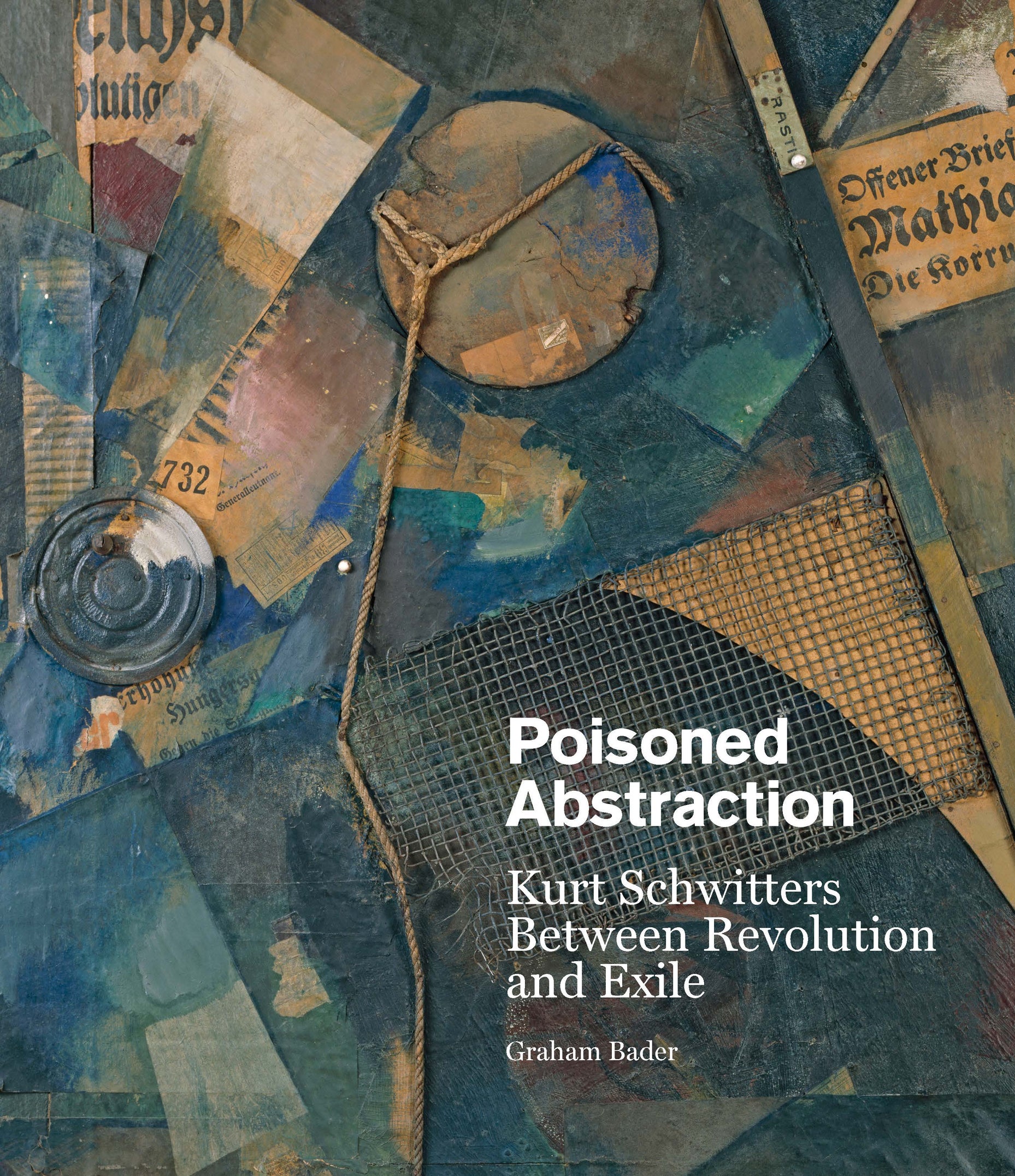Hot off the presses this fall, Graham Bader’s book Poisoned Abstraction: Kurt Schwitters Between Revolution and Exile examines the work of one of European Dada’s most important and idiosyncratic figures.
Active as an artist, designer, publisher, performer, critic, poet, and playwright, Kurt Schwitters is best known for intimately scaled, materially rich collages and assemblages made from found objects—often refuse—that the artist described as having lost all contact with their role and history in the world at large. But as Bader’s book explores, such simple separation of art from life is precisely what Schwitters’s “poisoned abstraction” calls into question.
Considering works reaching from Schwitters’s earliest collage-based pieces of 1918–19, through his 1920s advertising designs, to his seminal environmental installation the Merzbau, Bader’s book carefully unpacks the meaning behind such projects and sheds new light on the tumultuous historical conditions in which they were made. In the process, it reveals a new Schwitters—aesthetically committed and politically astute—for our time.
Published by Yale University Press, Bader’s book was sparked in part by the Menil Collection’s path-breaking 2010 exhibition of Schwitters’s work, and developed through discussions with Rice students in seminars on such topics as abstract art, the history of collage, and early twentieth-century German art. As his book’s publication once again shows, there’s no better place than Houston and Rice to be looking at and thinking about twentieth-century art!


